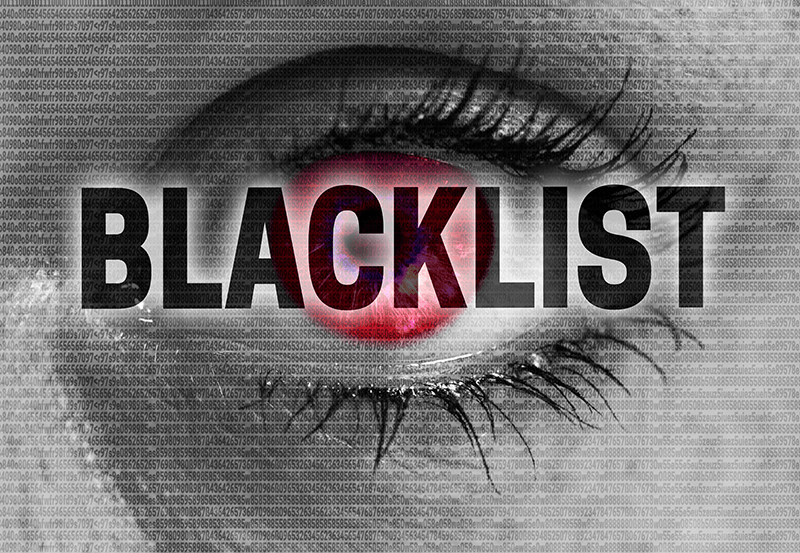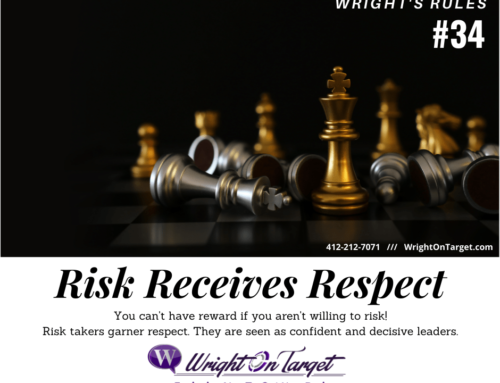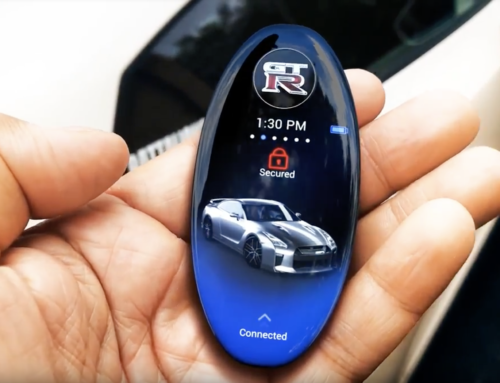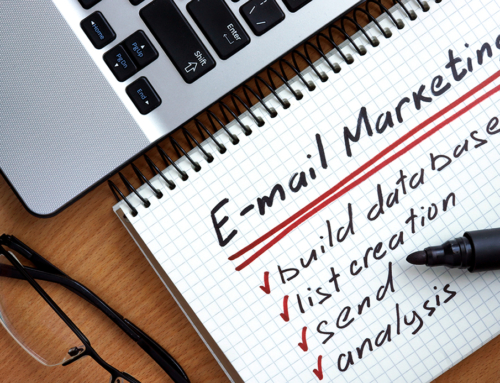I was recently asked to write a feature article for “The Representor” which is published by ERA (Electronic Representatives Association)
Here is an excerpt with a link to the full article.
Doesn’t it seem as if email has been around forever? The use of email started in the early 1970s and is now a staple of business communication everywhere around the world.
Even though electronic communications such as texting, private messengers and social messaging have all come on the scene and are being used in day-to-day business communications, email still reigns supreme. This is due, in part, to the personal connection people have to the email processes that has been put in place to conduct daily business. People feel comfortable with emailing because it has stood the test of time (more than 40 years strong), and it is a proven way to manage and keep track of daily business conversations.
However, you need to be careful that your email address does not get blacklisted. If you have ever had this happen, you know how frustrating it can be.
As seen in “The Representer – Summer 2016”
Feature Article – Best practices to avoid getting blacklisted
The Representor, Summer 2016 – Feature Article
Download article pdf
 by Norman Wright, Jr.
by Norman Wright, Jr.
Norman Wright, Jr., is a strategic marketing coach and consultant for Wright On Target, LLC.
He trains and supports companies to effectively engage with their audiences and position themselves as “The Expert” for their industry to get new business. Over the past 25 years, Norman has won various prestigious awards in digital marketing, audio/visual, branding and design.
You can call Norman Wright at 412-212-7071, or email him at norm@wrightontarget.com.
Doesn’t it seem as if email has been around forever? The use of email started in the early 1970s and is now a staple of business communication everywhere around the world.
Even though electronic communications such as texting, private messengers and social messaging have all come on the scene and are being used in day-to-day business communications, email still reigns supreme. This is due, in part, to the personal connection people have to the email processes that has been put in place to conduct daily business. People feel comfortable with emailing because it has stood the test of time (more than 40 years strong), and it is a proven way to manage and keep track of daily business conversations.
However, you need to be careful that your email address does not get blacklisted. If you have ever had this happen, you know how frustrating it can be.
So what does it mean to be blacklisted? An email blacklist is the compilation of domains and IP addresses that are filtered out of all incoming email. Basically, if your information is put onto a blacklist, your contacts will no longer receive your emails, and that is the last place you want to be.
 Have you been blacklisted?
Have you been blacklisted?
It is a good idea to check to see if your email address has been blacklisted.
Here are a few websites that you can use to see if your email and website IP address have been blacklisted:
- Spamhaus: The Spamhaus project is one of the most reputable blacklisting companies providing real-time anti-spam protection for Internet networks worldwide.
- SURBL: SURBL is a second-tier filter that works in conjunction with Spamhaus to identify some of the most difficult unsolicited messages to track.
- Barracuda Reputation Block List (BRBL): BRBL is a free DNSBL of IP addresses known to send spam.
- Invalument: The Invalument anti-spam DNSBL is a subscription-based service that specializes in blocking elusive types of spam where the sender is sending 100 percent unsolicited bulk email and escaping traditional detection methods.
- SpamCop: The SpamCop Blocking List lists IP addresses that had mail reported as spam by SpamCop users.
- MultiRBL: This is a free multiple DNS blacklist service that cross references other blacklists by IPV4, IPV6, or domain.
Don’t become spam
The use of email is a very popular and effective way to market your products, services and business, and rightfully so. It is cost effective, direct, measurable and helps to strengthen brand awareness and expertise. What many business people do not realize, however, is that there are certain words that will trigger email as spam and could quickly get you on the blacklist. You need to make sure that you are relevant in the body copy of your emails as well as subject lines. Don’t sell through your emails. Instead, educate, add value and provide a link to a Web page that can do the selling for you.
Common spam trigger to avoid
Here are a few common triggers to stop using immediately:
- ALL CAPS;
- $$$$ Dollar signs $$$$;
- !!! Exclamations points !!!;
- Urgency words, such as “hurry” or “offer ends soon.”
Visit http://normanwrightjr.com/beware-spam-trigger-words/ to view an expanded list of “trigger words.”
Keep your subject line relevant to the copy in the body of your email, and remember, don’t use trigger words.
Give the option to unsubscribe
Make sure you have a clear way for people to unsubscribe if they do not want to receive your emails or newsletters. You do not want them to mark you as spam — this will happen from time to time, so do not get alarmed when it does.
Use broadcast email services
You should never put your email address in a situation to get blacklisted. Use opt-in email lists for best chances of not getting your email address blacklisted. This can be done by integrating a simple script/coded form that you can get from your bulk email newsletter service.
Here are a few of the most used broadcast email services out there today. I have personally used all of them, and they are all reliable, cost effective and easy to use.
- Aweber
- MailChimp
- iContact
- Constant Contact
Clean your list
It is always a good practice to periodically clean your list of old or bad email addresses. This process will help you keep your bounce rates low.
The most efficient way to do this is to go through your “bounced list” and remove these emails from your list. This is not only good housekeeping, but also it will help you manage your subscription costs with your email service.
Remember, you only want qualified and interested parties receiving your valuable content. So keep the email list clean, and you can continue to add only the best to your list.
Wrong way to use images
You always want to look your best, and a lot of people want their broadcast emails and marketing campaigns to have a certain look and feel. It is not uncommon for people to create the entire email message as a single large image — this is very bad. This will trigger spam filters and most of the email software will show text only unless you select “display image.” To create a nice aesthetically pleasing email, use a broadcast email service as previously mentioned in this article. You can get very creative with the tools they provide. What good is a great looking email if you get pushed to spam and no one sees it?
Additional tips to avoid being blacklisted
- Use “double opt-in” lists. These are not only a best practice, but also provide a sense of security to your subscribers.
- Don’t use attachments in your email. Instead, provide a link to a Web page for your subscriber to download your information. This also gives you an opportunity to keep your audience coming back to your website to strengthen your relationship with them.
- Always include an “unsubscribe” option. You don’t want people on your list who don’t want to be there. It is just bad form.
- Run your IP address through blacklisting checkers. Almost all of them are free, and you should do it from time to time.
- It is always a good idea to ask your subscribers to add your email address to their contact list. This is a good practice and is also known as “whitelisting.”
- Do not use your company or personal emails to send bulk email with the BCC (blind carbon copy) feature in your email. This will get you blacklisted quickly. Plus, people can see through this, and it really turns them off to you and your company.
To read more about the laws on spam emails, visit the official CAN-SPAM Act: A Compliance Guide for Business athttps://www.ftc.gov/tipsadvice/businesscenter/guidance/can-spam-actcompliance-guidebusiness. This will help you get a better understanding of what are the best ways to conduct your email usage and marketing campaigns.







